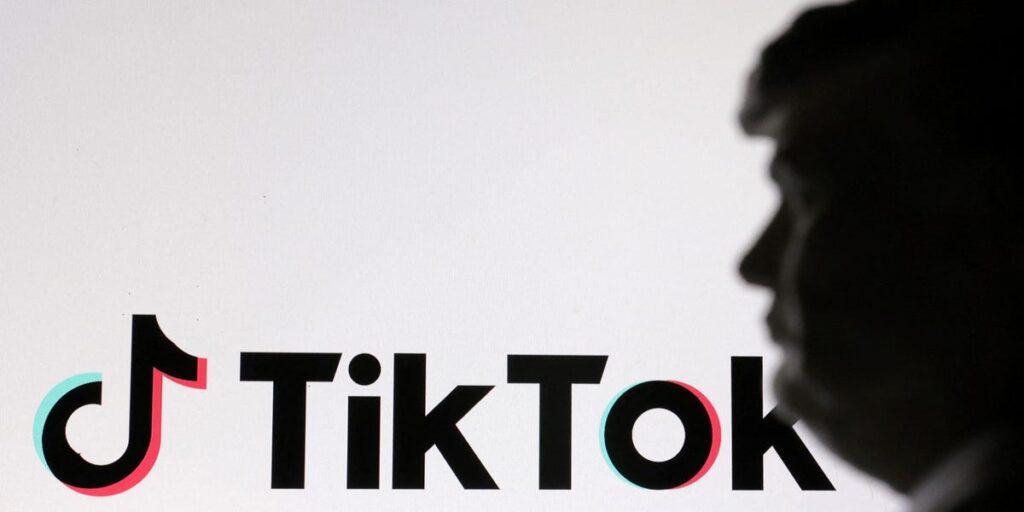ByteDance believes it is worth more than Chevron, General Electric, and Coca-Cola. One of the world’s biggest investors thinks it’s even more valuable than that.
Fidelity, which invested in TikTok’s parent company in 2020 through its massive Contrafund, valued the company at more than $385 billion at the end of July, filings show. That is nearly 17% more than ByteDance’s self-valuation of $330 billion.
According to reports in late August, ByteDance is offering a share buyback program for employees looking for liquidity and valued itself at more than $330 billion, a 5.5% increase from earlier this year, when the company marked itself at $315 billion.
It’s a lofty valuation for a company that struggles to make profits despite tens of billions of dollars in quarterly revenues. But for $6.4 trillion Fidelity, the Chinese company’s valuation of itself is low. Fidelity’s valuation of the company considers ByteDance more valuable than public companies such as defense tech firm Palantir and Wall Street staple Bank of America.
Fidelity declined to comment. ByteDance did not immediately respond to a request for comment.
There are plenty of reasons why the company might depress its valuation when offering buybacks to employees, primarily to accumulate its own equity at a discount in case it is needed for fundraising down the line.
The company has a looming deadline that would materially change its standing. President Donald Trump’s June executive order postponed the date by which ByteDance would need to sell its US TikTok operations to September 17, though he has hinted at that deadline being extended.
The app briefly went dark in the US in January to comply with the original divest-or-sell deadline before Trump directed his Attorney General not to enforce the law, which was passed by the Senate. The White House made its own TikTok account last month, when Trump said he was a fan of the app.
He floated the government taking a 50% stake in TikTok, similar to the deal the government struck to take 10% of Intel, though he did not give additional details on what the joint venture would look like.


